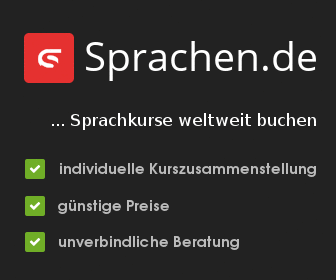Boeing [NYSE: BA] and Jet Airways of Mumbai, India, today announced an order to install Boeing’s Class 3 Electronic Flight Bag on 10 new 777-300ERs.
SEATTLE – Delivery of the planes is set to begin in early 2007. Jet Airways will be the first airline in India to operate a Class 3 EFB.
EFB is a core technology in Boeing’s vision of an e-Enabled air-transport system in which data, information and knowledge can be shared easily across an aviation enterprise.
“More airlines are recognizing that EFB offers not just immediate efficiencies from a paperless cockpit and improved communications, but future flexibility,” said Dan da Silva, vice president of Sales and Marketing for Boeing Commercial Aviation Services. “India is among the world’s most dynamic aviation markets today, and we are thrilled to have, in Jet Airways, one of that market’s top airlines affirming the efficiency, functionality and flexibility of Boeing’s EFB.”
Certified for all phases of operation on the ground and in the air, Boeing’s Class 3 EFB is integrated with an airplane’s avionics. Also, data is available to both certified and operationally approved programs.
Using software developed by Boeing, its subsidiary, Jeppesen, and Optimization Technologies, as well as hardware from Astronautics Corp. of America (ACA), the Boeing EFB digitally delivers vital charts and manuals that pilots need to fly an airplane, giving them quick access to the information they require. One available option is an onboard performance tool that gives pilots the ideal speeds and engine settings for an aircraft, in any weather, on any runway, with any payload, and can create vast gains in efficiency, range and payload.
Installation of a multi-functional EFB is only part of what the Boeing team provides the airline, however. Jeppesen is focused on ensuring that any receiving enterprise has the infrastructure, training, systems and ability to develop additional content to take advantage of the EFB capabilities and reap the benefits of a paperless cockpit. These are among the items critical to a successful EFB implementation and together represent a major competitive advantage for Boeing in persuading customers to choose the Boeing team’s Class 3 EFB.
The Boeing solution provides ample computing power for additional capabilities, as they become available, such as enhanced fault reporting and electronic logbook, real-time weather information, en route moving maps, and real-time Notice To Airmen (NOTAM) information. In addition, the open-architecture design of the Class 3 EFB and its integration into the airplane’s larger systems give it unmatched potential for even third-party software designers to create exciting applications.





